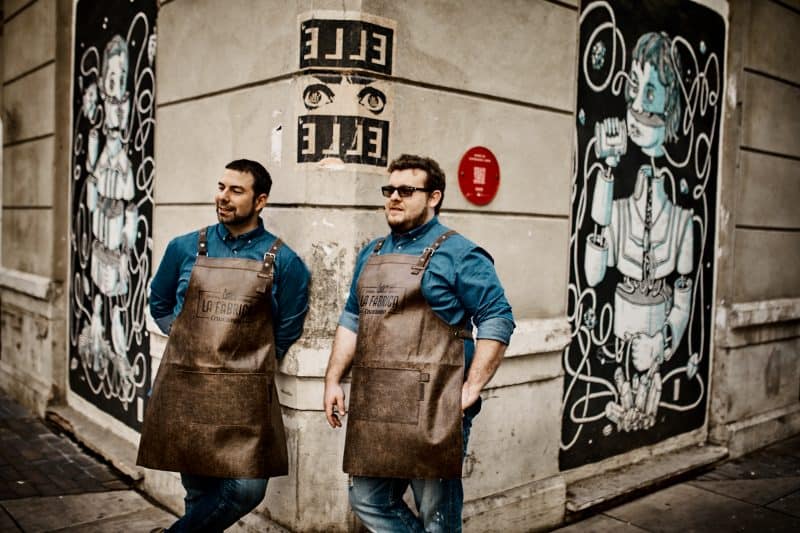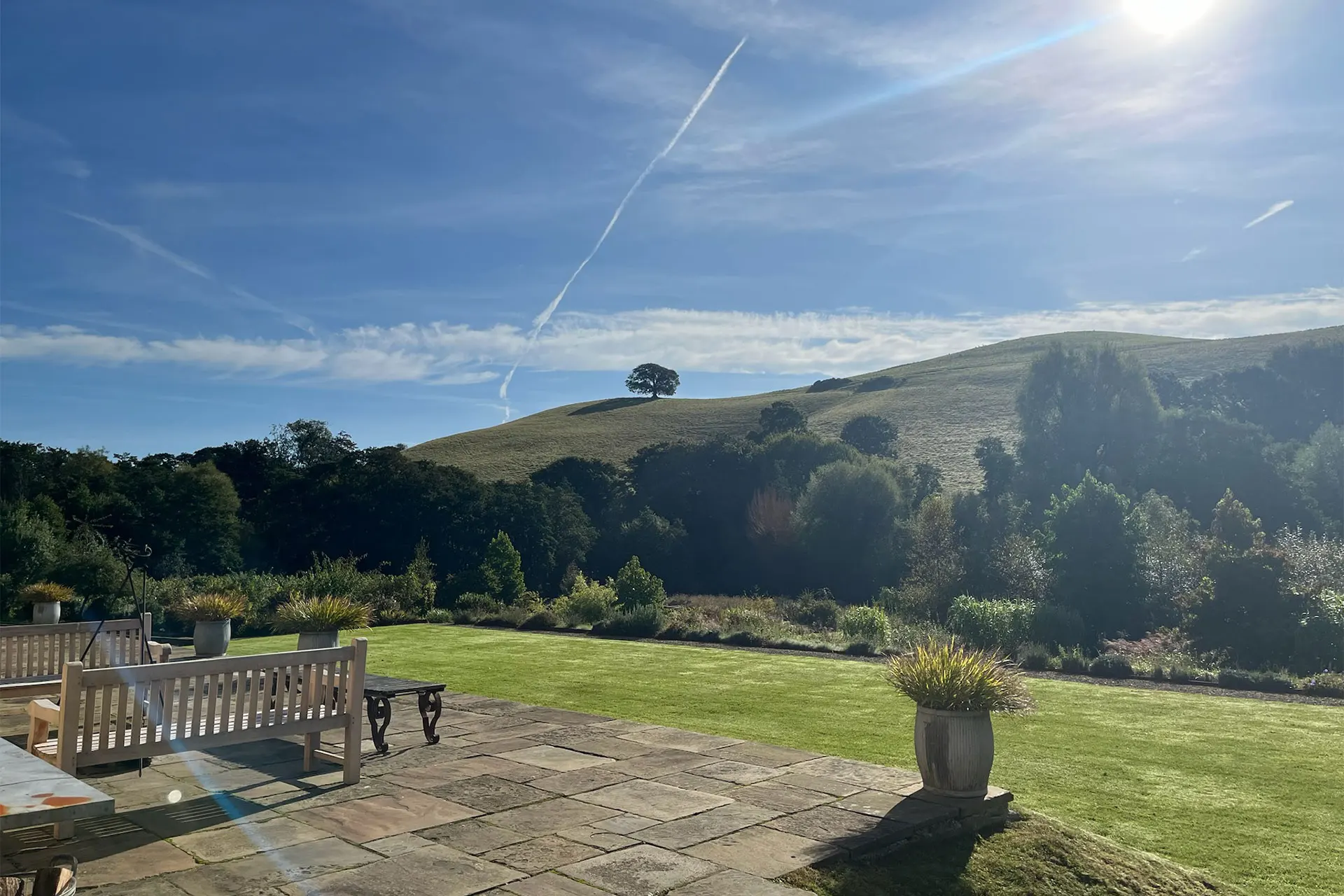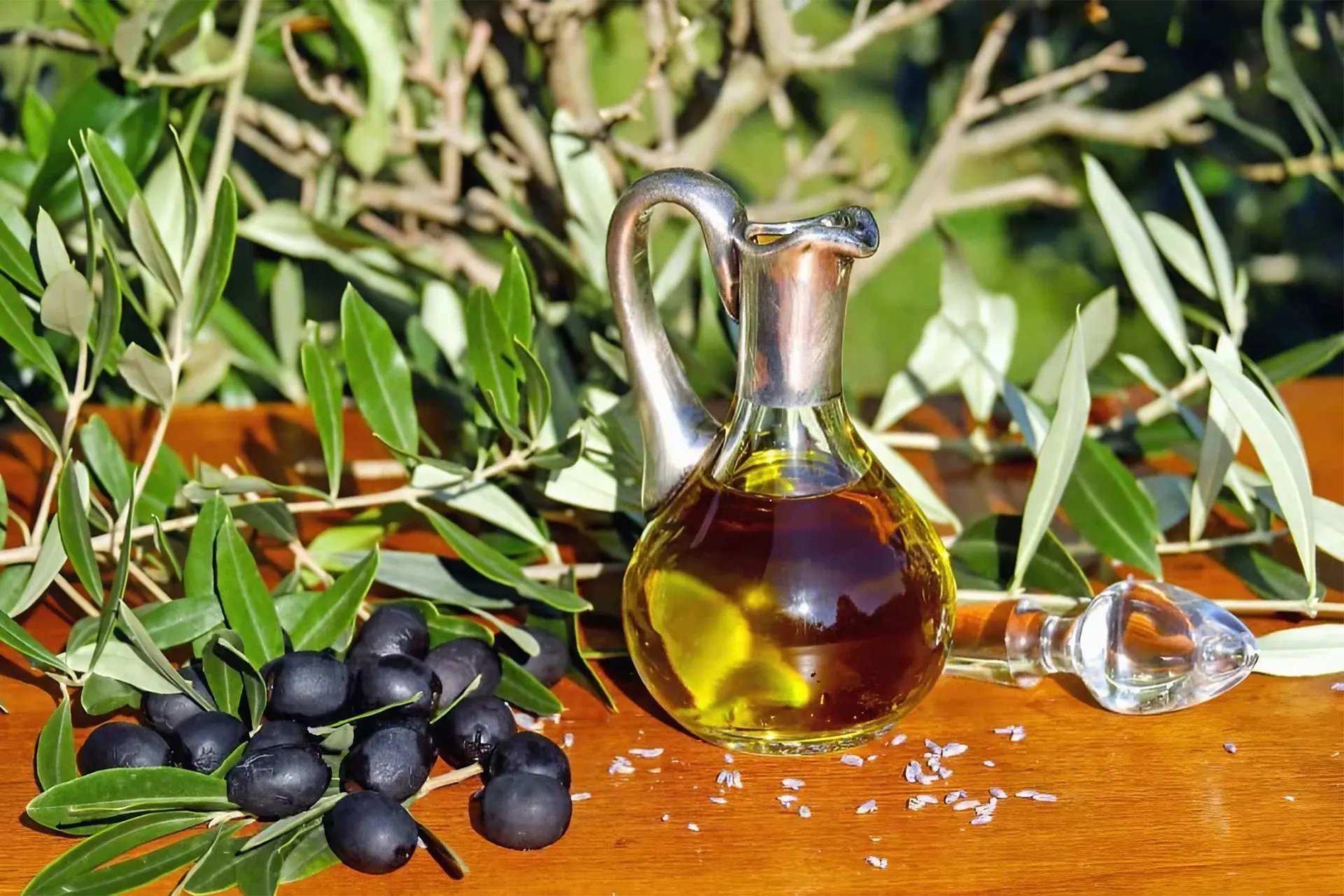Malaga is quickly establishing itself as one of the coolest cities in Andalusia, and like any other self respecting cultural hotspot, it now has its own Soho. Following in the footsteps of iconic cities such as New York and London, Malaga´s Soho district is located slap bang in the centre of the city and oozes shabby, stylish charm. Any cosmopolitan hipster wandering its streets would feel right at home amongst its funky bars and walls of edgy street art. But Malaga hasn’t always been this cool. As little as 10 years ago, Soho was one of the most rundown neighbourhoods in the city, with a dubious reputation to match.
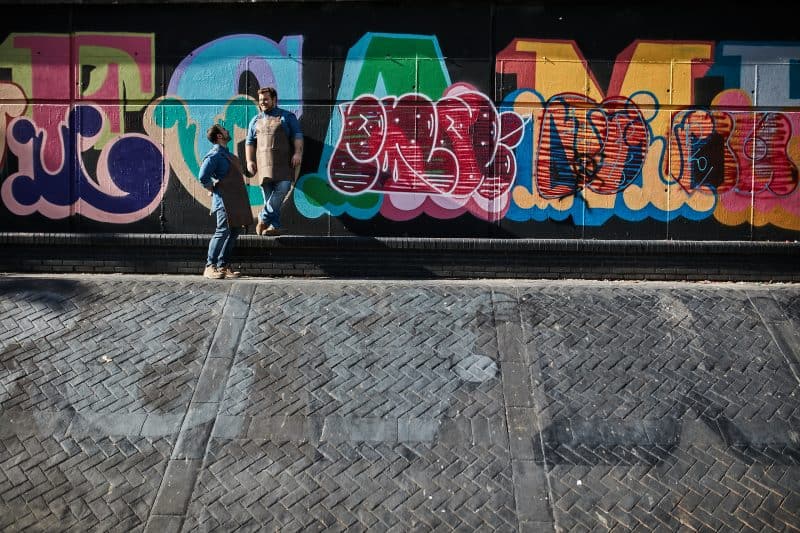
Any Soho worth its salt has a suitably shady past, and Malaga´s hip new barrio is no exception. Covering a network of streets between the port and the Alameda Principal, Malaga´s Soho was once a thriving, bourgeois neighbourhood which fell into gradual decline.
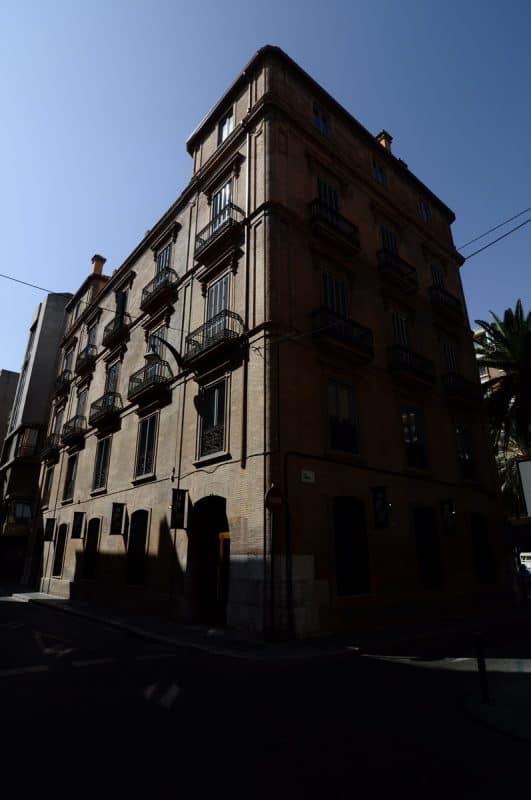 Although many handsome examples of 19th and 20th century architecture can still be seen on its streets, fifty years ago the neighbourhood was characterised by a dilapidated air, owing to its rundown buildings, drab office blocks and scruffy shopfronts. The district´s nocturnal notoriety also preceded it: known as the stomping ground of prostitutes and drug dealers, the streets of Soho used to be out of bounds after sundown.
Although many handsome examples of 19th and 20th century architecture can still be seen on its streets, fifty years ago the neighbourhood was characterised by a dilapidated air, owing to its rundown buildings, drab office blocks and scruffy shopfronts. The district´s nocturnal notoriety also preceded it: known as the stomping ground of prostitutes and drug dealers, the streets of Soho used to be out of bounds after sundown.
Malaga local Fernando Montón recalls the area as: “A dodgy place, the kind you didn’t want to walk through at night. There were always fights on the streets, and lots of brothels and strip clubs, places like that. The sailors and dockhands working on the boats at the port would come pouring in at night looking for a good time, if you catch my meaning.” – insert knowing wink here-: “During the day it was your normal working neighbourhood, but at night you just wouldn´t go there.”
So what changed? Deciding they´d had enough of their neighbourhood being branded a den of iniquity, local residents and businesses decided to take action. Thus began the mission to clean up and reinvent the area, in a project entitled ““Malaga Arte Urbano en el Soho”, or “MAUS”. In 2000 the construction work started in earnest: including the renovation of crumbling buildings and the uprooting of trees in order to open up the streets and provide a fresher and more welcoming atmosphere. Improvements continue to this day, with a constant stream of new bars and hotels opening, and many buildings still earmarked for renovation.
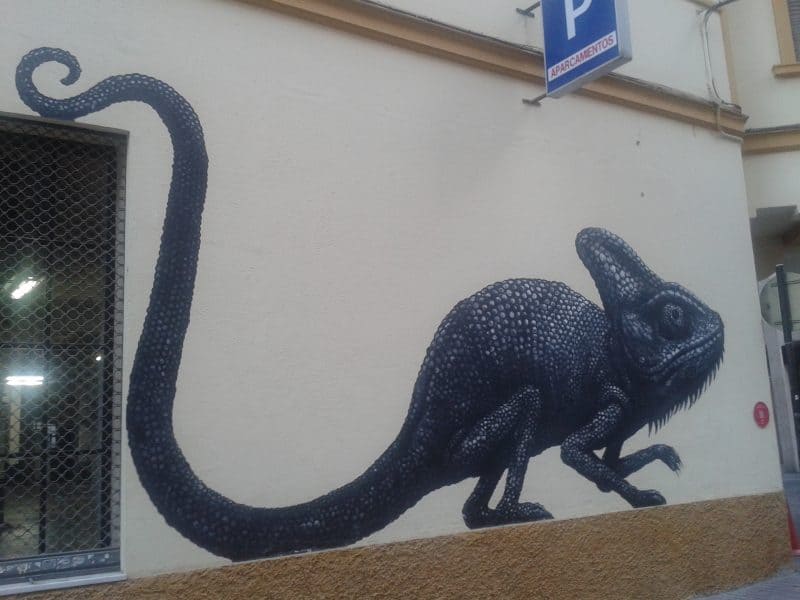
And then there´s the art. Soho also goes by the name of “Barrio de los Artes” – or neighbourhood of the arts- and for good reason. As part of the MAUS project, a range of international and homegrown street artists were approached and invited to leave their mark on the walls of the city. Many rose to the challenge, amongst them world class graffiti artists Ovey and Boa Mistura. Their pieces have added a unique dash of colour and unmistakable artistic flair to the neighbourhood, and can be seen on the walls of numerous buildings throughout the area.
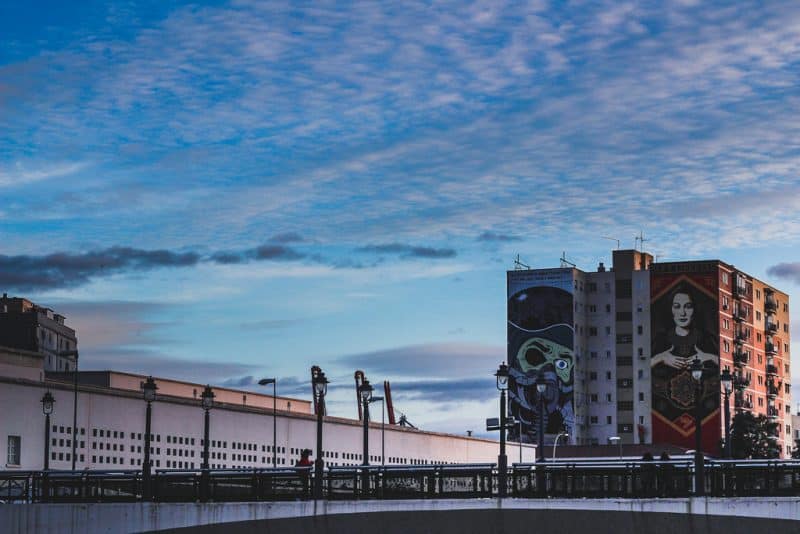
Amongst some of the most eye catching work on display is a huge mural of a fighter pilot splashed across the side of a tower block overlooking Garcia Lorca secondary school, created by famous British street artist D*Face, aka Dean Stockton.
Another unmissable example of graffiti can be spotted on the side of a multistorey block, set back a few streets from the port, depicting a rat, a badger and squirrel tumbling down the side of the building. The mural´s creator, namely Belgian born street artist ROA, is widely acknowledged as an “environmental artist”. Through his work, usually studies of animals rendered in black and white, he attempts to reinstate the displaced original residents of the city – in this case, the vermin – back in their rightful habitat. 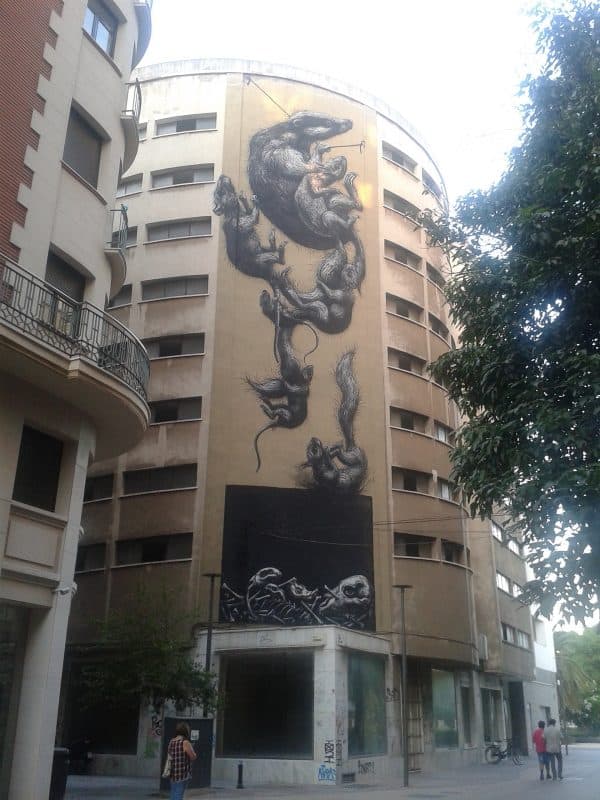
With the makeover well under way, and its artistic reputation gathering pace, the last step for this reinvented neighbourhood was a new name. Having long been synonymous with all things cool and current (vegan smoothie bar, anyone?), Soho seemed like the natural choice for Malaga. But where did the name first originate?
The original Soho, first established as a London parish in the late 17th century, is believed to have derived its name from a tudor era Hunting cry (of all things). The area was originally covered in acres of dense forest, providing prime hunting ground for Henry VIII to indulge in his favourite hobby. It´s believed cries of “Soho!” could be heard echoing across the fields when the royal folk and their horses thundered off in hot pursuit of a doomed woodland creature. The word later materialized in 17th century literature as a rallying battle cry employed by James Scott, 1st Duke of Monmouth; as he and his men charged into the 1685 battle of Sedgemoor.
Not to be outdone in the originality stakes, New York claim they came up with the name Soho all by themselves. The trendy, artists’ playground that is is Manhattan’s SoHo (note the spelling change here) apparently derives its title from a nickname, which first sprung up in the initial town planning stages. Due to its location south of the Houston river, town planners started casually referring to the area as “SoHo” (south of Houston, for those of you that still aren’t getting it), and the name, and spelling, stuck.
There’s no doubt the name carries with it a certain weight. Soho has come to represent the home of underground culture: an area which traditionally nurtures the very best new voices in modern theatre, music and art, wherever in the world it happens to be. And Malaga´s Soho is no exception.
Situated alongside the spray painted banks of the dry river Guadalmedina , the CAC (Contemporary Art Centre) Malaga houses some of the most cutting edge modern art on offer in Spain today. Originally the site of a wholesale market, the cavernous building on Alemania street has now been transformed into a magnificent, white walled space of over 2,400 square metres.
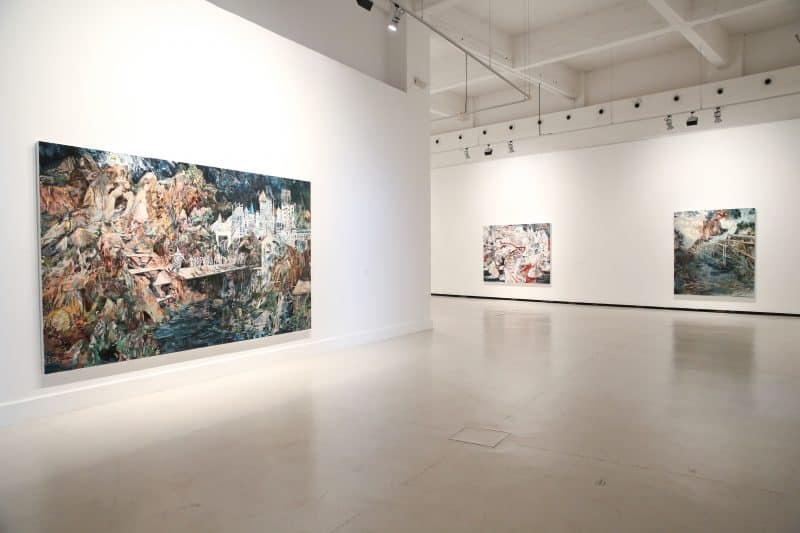
The gallery hosts a permanent collection of approximately 400 pieces, amongst them the work of iconic artists such as Andy Warhol. Most of these pieces have been loaned to the CAC by private collectors for a period of 3-5 years, but the gallery also boasts a regular programme of temporary exhibitions displaying the work of both up-and-coming Spanish and international artists.
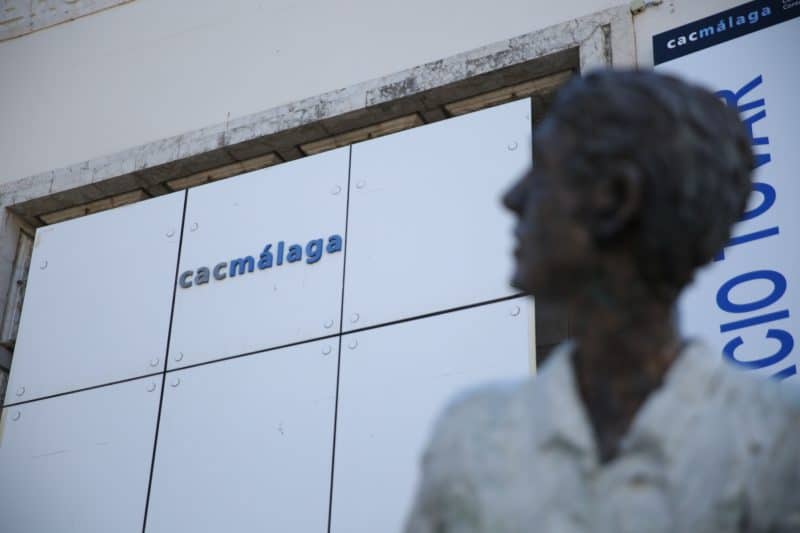
Currently exhibiting with a collection entitled “A Brief Intermission” is American contemporary artist Hernan Bas. His work experiments with various techniques and materials, amongst them woodcut, silk screening and his own home produced paints, and explores themes of adolescence, homosexuality and sensual awakening. His striking canvases draw the observer’s gaze to their central character, invariably an adolescent male (there are no women featured in the collection).
Although many of Bas´s works are characterised by vivid, clashing colours, he also experiments with darker shades in pieces such as “A Satanist on a Tuesday (or key master)”, depicting a young male reclining languidly against graffiti scrawled rocks, holding a key aloft between thumb and forefinger, while a silvery, foam tossed river flows over scattered branches beside him. The overall effect is unsettling: the apparent serenity of the painting´s protagonist clashing with his tumultuous natural surroundings. The exhibition forward acknowledges this discordance, saying: “The sensation of balance about to be lost, between the calm and the storm…pervade the show.” Bas´s exhbition is open to the public until the 9th of December.
The work of Cordoba born artist Miguel Gomez Losada will also be exhibited until the 25th of November at the CAC Malaga. The 18 works – entitled Romanza – take music, Spanish culture and the female form as their inspiration. The Andalucian painter´s pieces combine bold colours, amongst them mustard yellow, verdant greens and vivid reds, set against subdued ochre backdrops, while the woman blazes at the forefront of the image, movement contained in the flowing lines of her body and hands.
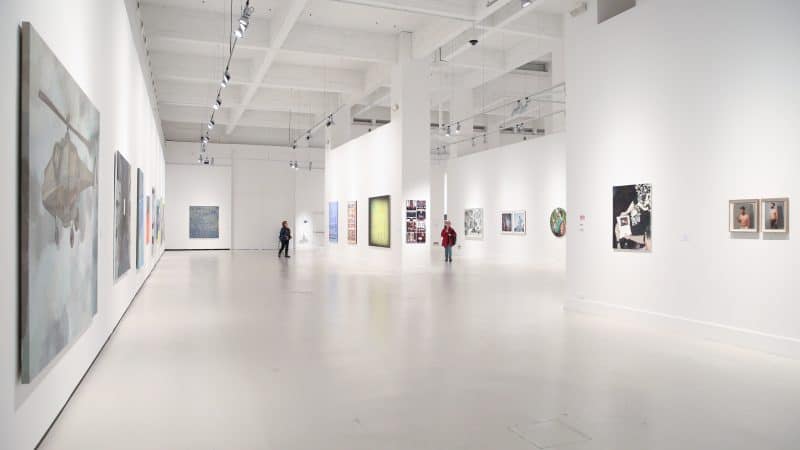
Soho is a place which prides itself on nurturing new talent as well as old. Artists who find themselves inspired by galleries such as the CAC are afforded space for their creativity on the “free walls” scattered throughout the neighbourhood. These walls serve as a blank canvas for established and undiscovered artists alike, who are encouraged to add their own contributions to the growing urban art gallery of Malaga. These free walls now contain numerous examples of exciting new talent emerging within the world of contemporary street art.
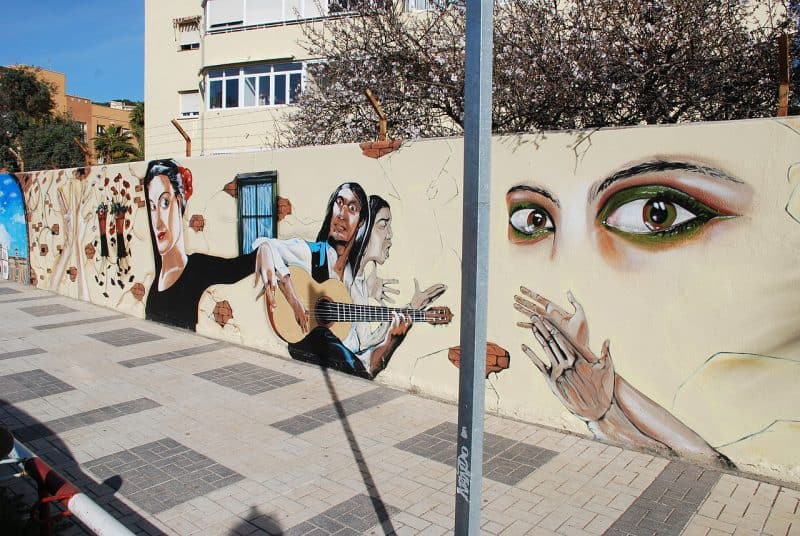
Artists also have the opportunity to make a profit from their creations at the weekly market on Tomas Heredia street, in the heart of the Soho district. The market, which opens at 10 am every Sunday, exhibits the work of a range of new artists, as well as hosting stalls of handcrafted jewellery.
It´s not just art that Soho has to offer, its gastronomy scene is also alive and kicking. Gone are the seedy bars and strip clubs of former years, to be replaced by a plethora of trendy eateries and watering holes. Amongst these is La Deriva: a modern, stylish restaurant in the heart of Soho. with an elegant decor of dark wooden floorboards and tastefully exposed brickwork.
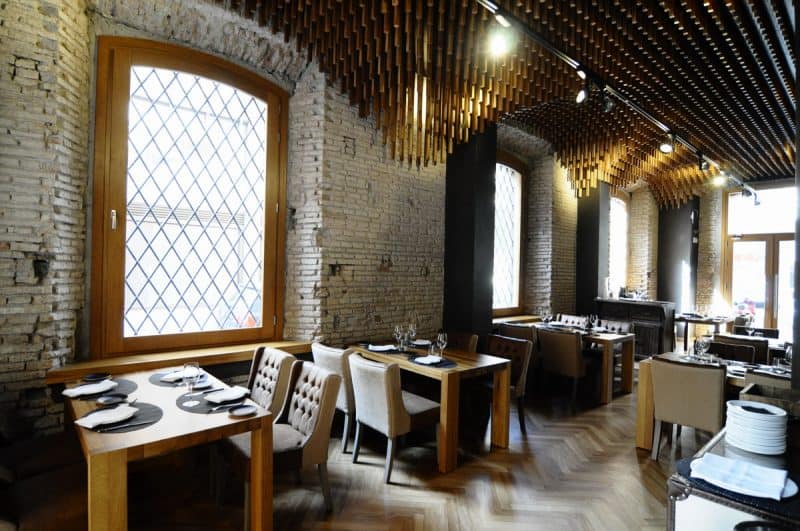
The menu is electric and offers an artistic slant on traditional Spanish tapas, fabulously presented and made from fresh ingredients exclusively sourced from local markets. The restaurant also boasts a comprehensive wine list, replete with both local Spanish wines and those from further afield.
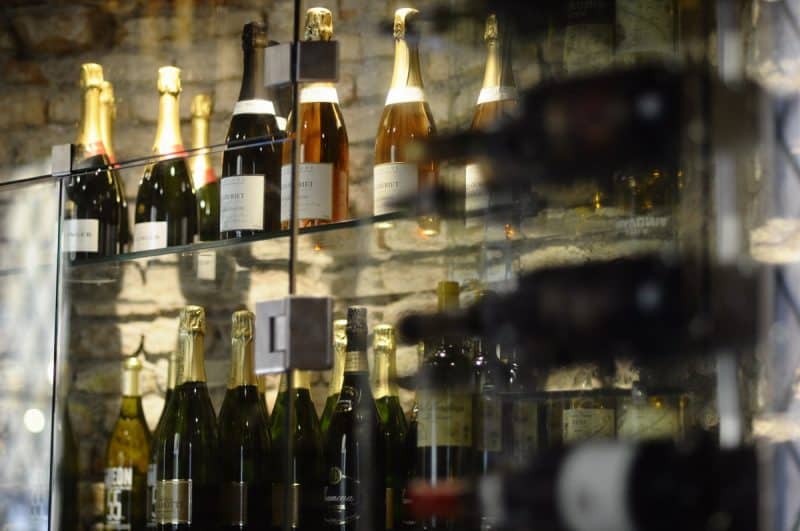
The newly converted Fabrica de Cruzcampo provides more evidence of Soho staying bang on trend: Located on Calle Trinidad, this vast, open plan bar boasts soaring high ceilings, funky decor and live music, as well as its very own beer factory (the Cruzcampo lager is brewed in huge metal vats, temperature controlled to produce the very best quality beer). The bar also offers a range of Cruzcampo´s lesser known craft beers, and a menu compiled of international dishes with a fresh, modern twist.
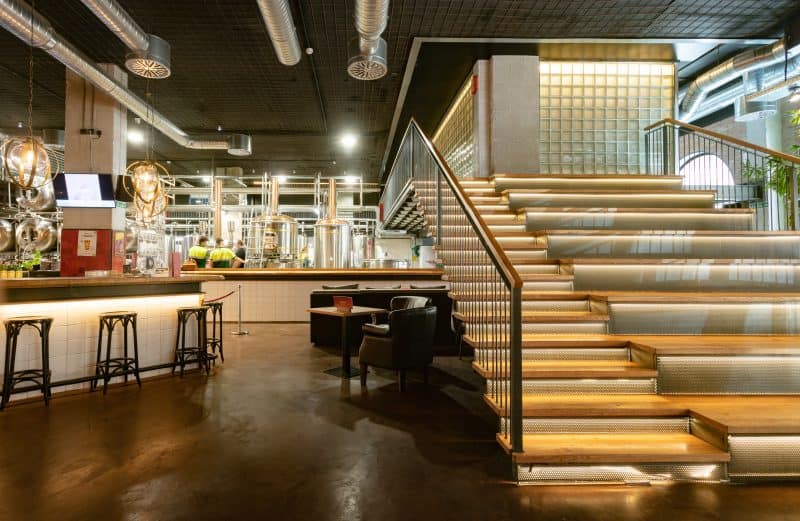
The factory claims the surrounding neighbourhood of Soho directly informs its dynamic, contemporary ethos, saying on its website: “Our brew pub could not be in a better place than the modern and Bohemian Malaga Soho district, where art is created, enjoyed, danced, eaten and imbibed.”
